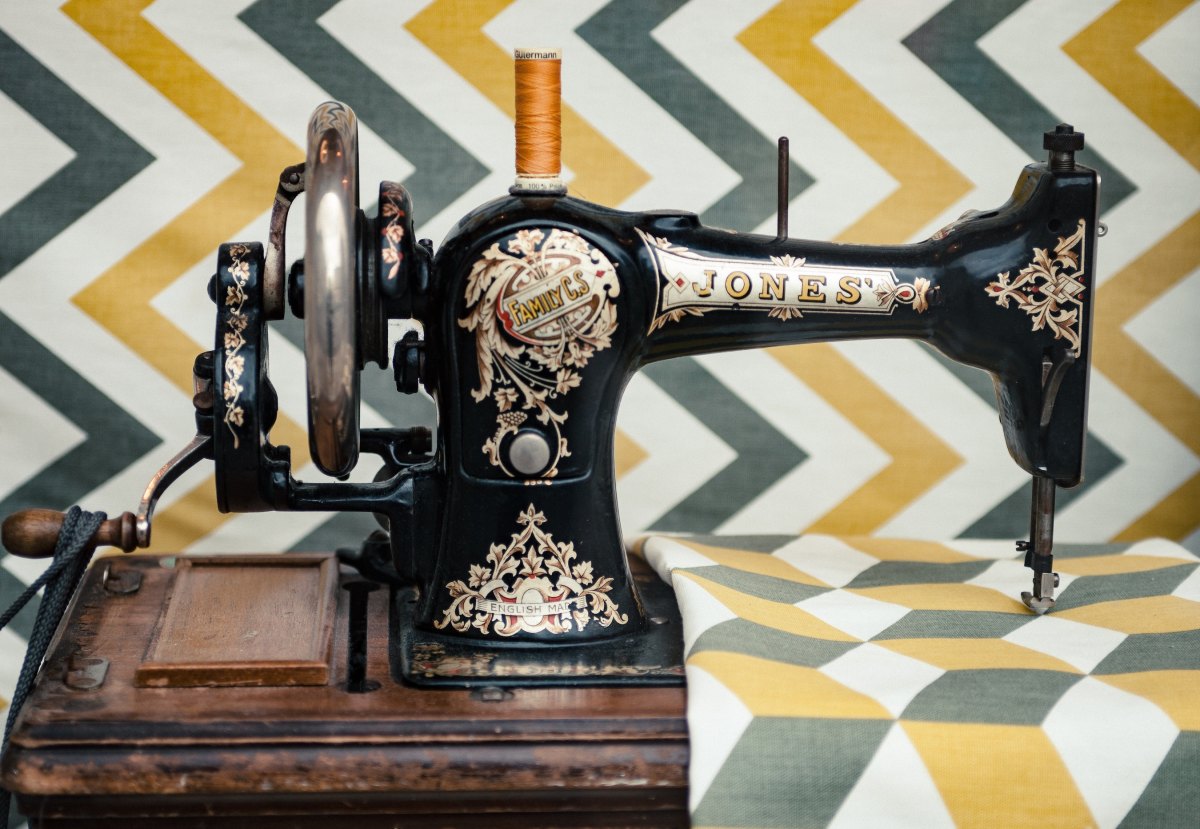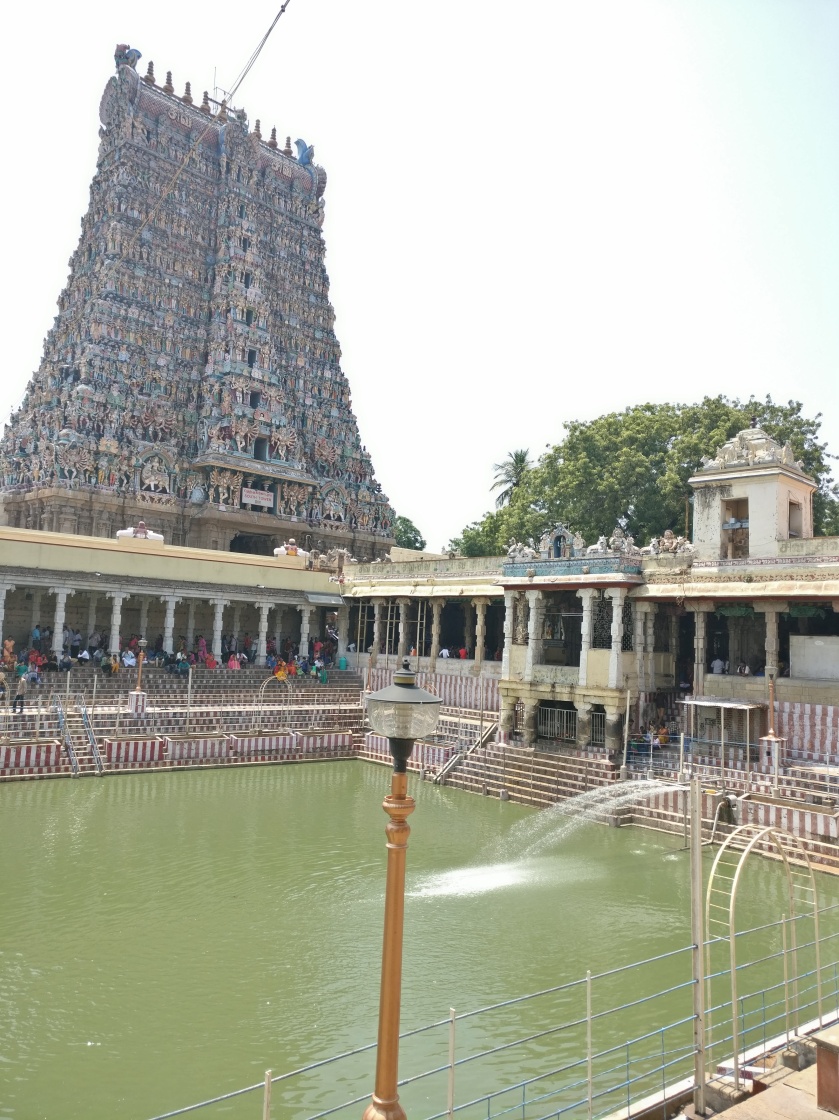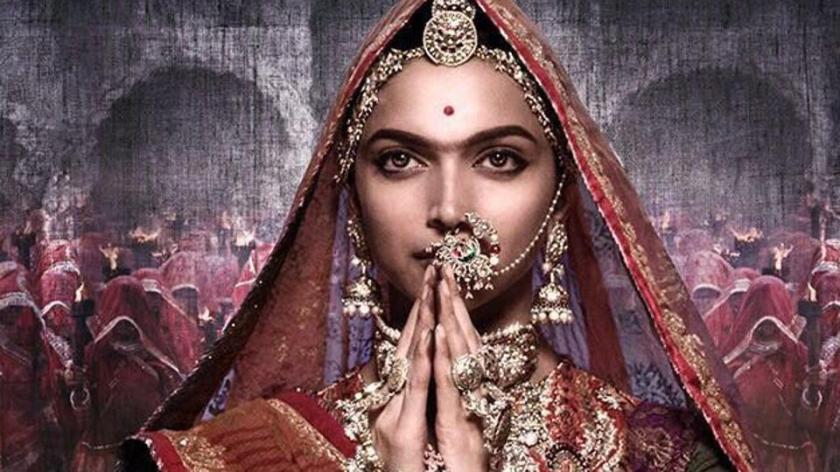For more than two decades, I’ve been an ardent believer of democracy and the democratic process. I’ve been eager to vote. I’ve believed the wrong people and found some pleasant surprises. I’ve been eager to vote. I’ve been eager (more in the last few years) to be involved in the political process. But I’ve also begun to wonder, in the last few years, if the democratic process and the system is perhaps flawed and not entirely meant for progress in India.
Democracy is based on votes of the majority. The majority wants and needs.
In a country like India, majority is an illusion. We are divided by geography, religion, caste, geographical cultures, religious cultures, language. And well, some times even skin colour. There are so many divisions but some mainline ideas unite us – one of them being the want to be a part of this country.
Not everyone wants to be a part of India, or a part of the state they are currently assigned to. They don’t want to be a part of the religion they are assigned to either.
And these ‘don’t wants’ form an important vote bank, as witnessed by the whole Lingayat politics in this year’s Karnataka elections.
Identity politics are very important for vote banks. Dalits, Muslim, Other minorities who have been told to be vary of the majority wave that can trample their identity. The ‘others’ who have been marginalised for so long that they would rather believe that their identity would be trampled again in the democratic state, if they did not have someone particular looking out for them. Even among the majority wave, many tend to differ. How do we define a religion that isn’t a religion at all but a collection of ideas that a vast pool of people gave a geographical name that became synonymous with the collective idea?
Each part of Hinduism can be broken into smaller subsects and individual identities, which is perhaps the future. The Lingayats, the Patels, the vokkaligas, Patidars and so on.
Politics works on two possible factors – Fear & Need. The fear can often give rise to a need or a need can give rise to a fear.
**
Who are these people who we supposed to vote into power? Who joins politics? Certainly not those who truly want to work for the betterment of the society. And the key requirement of these politicians is a vote bank. And a vote bank, contrary to popular belief, isn’t only about good work done that could translate into winning votes. While the good work does make a difference, it seems recently that more votes can be gained by keeping various sections dependent and under the thumb. The people who can be swayed with a promise – forever. A token effort, some money and the votes are won.
The only advantage democracy has is people retain the power to vote someone out of power. But that process, too, mostly works on paper. Because that process assumes every citizen is aware and participates in the democratic process. Whereas in a country like India, most of the voters are barely aware of what is happening beyond their little village. They are concerned about their loans, water and electricity issues and believe that the guy who comes once in five years would actually make a difference. And they listen to the few people who are making a difference – the kingmakers. They are swayed by money and hope. The educated class – a small percentage of voters – are the only ones perhaps thinking. But they too are swayed by identity and caste politics. After all, everyone wants to protect their own. The deciding voters are clueless for most part.
It is to the benefit of the politician to keep this status quo. To create a fear. A cause that will force people to vote for them. Each agenda is set based on a sub-region and these typically do not meet the true requirements for progress. Everyone promises a better life, but how many are voting just on that promise? Some vote for their identity, some for their money. Some vote because someone else told them to and some vote because they don’t know what is the alternative. In the end, when the results are out, fragmented by multiple purposes, nobody remains the winner – especially not the common man.
The democratic process, which intends to bring out the wishes of the common man, is fragmented and eventually, someone else ends up grabbing the power and we are back to square one.
The only slight, minuscule edge we have in this process is that every election, a small section of people might grow aware and vote for something beyond money, alcohol, religion and caste. But with a population of billion and growing, this is a tediously slow process – which means we remain powerless for longer as the majority leaves the decision making in someone else’s hands.
If the people who want to be voted are in it for the money and power, and the people who are supposed to vote for them are clueless – how does the process succeed?





